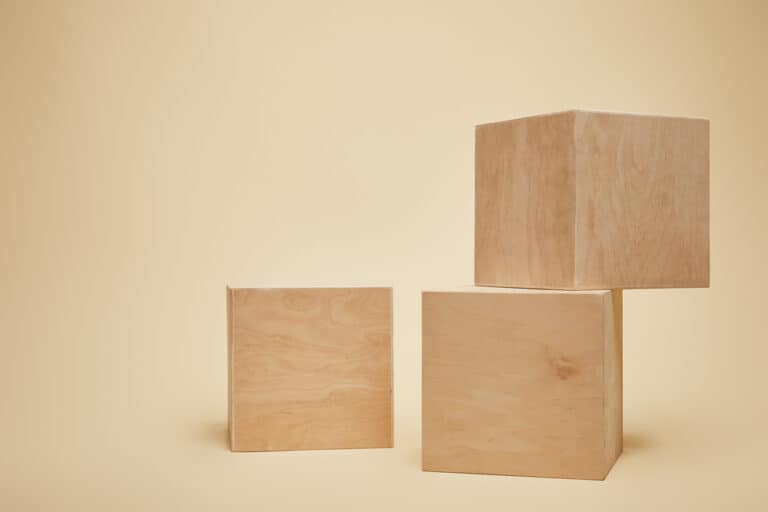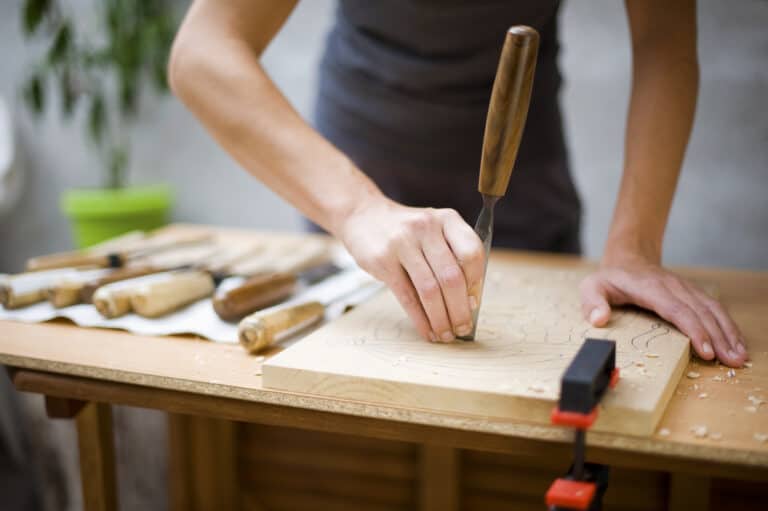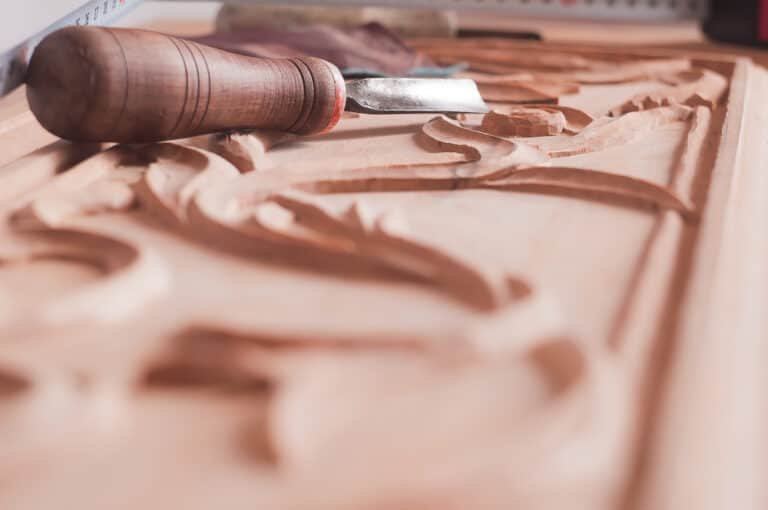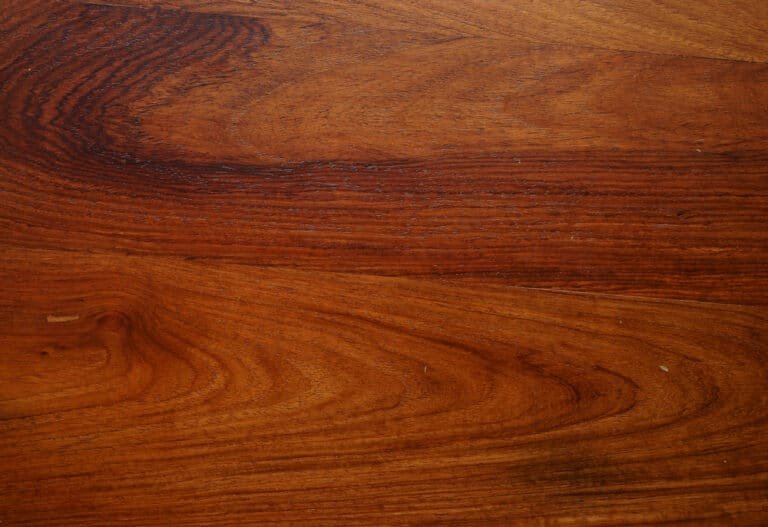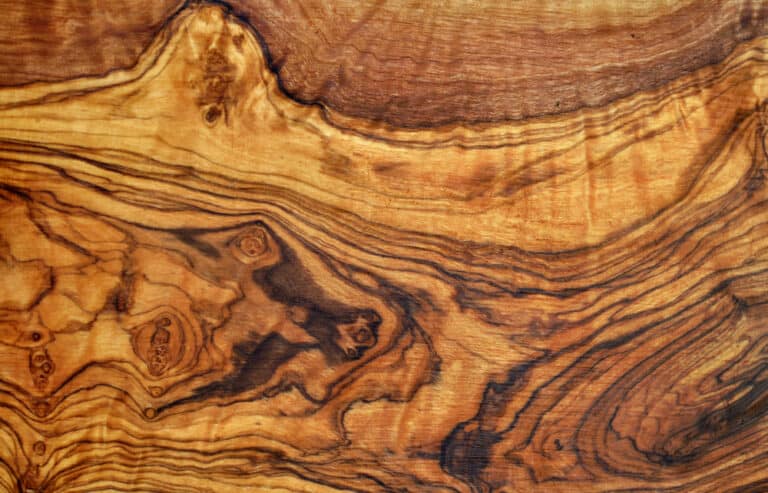Basswood is very easy to carve and is by far the most popular type of wood used by beginner wood carvers. It is soft and great for whittling; however, basswood is not very strong or durable so don’t use it for bigger projects such as furniture or sculptures.
I recommend that beginners start with basswood to build their chops then progress to other types of wood.
In this article, we will explore the pros and cons of using basswood for carving projects and which type of projects work best with this versatile material.
Get our recommended basswood blocks here (sponsored)
Basswood Characteristics
Grain Structure: Basswood has a straight grain with little variation in its pattern, resulting in an even appearance when cut into boards or blocks.
Texture: Possesses a fine texture, which makes it more manageable than harder woods like oak or walnut, allowing for intricate carvings and finer details.
Density and Hardness: It is a soft wood, with a lower density and a softer rating on the Janka hardness scale, making it ideal for detailed carving.
Color and Appearance: Basswood typically exhibits a light, pale color, which may range from white to light brown, with a subtle, uniform grain that contributes to its aesthetic appeal.
Moisture Content and Drying: It has a favorable moisture content that allows for easier drying with minimal warping, important for maintaining the integrity of the carved piece.
Stain Absorption: Exhibits excellent stain absorption qualities, leading to consistent and even coloration across multiple pieces.
Splinter Resistance: Less prone to splintering compared to harder woods, reducing the time and effort needed for sanding and finishing.
Workability with Tools: Due to its softness, basswood is workable with a wide range of tools, from simple knives to power carving tools, without causing excessive wear or tear.
Odor and Allergenic Properties: Basswood has a negligible odor and is generally not known for allergenic properties, making it a good choice for indoor projects and workshops.
Reaction to Environmental Changes: Reacts moderately to environmental changes. While not as robust as harder woods, it can withstand some fluctuations in humidity and temperature with proper care.
Compatibility with Other Materials: Bonds well with most adhesives and can be effectively combined with other materials, such as metal inlays or different types of wood.
Historical and Cultural Significance: Holds a place in woodworking history, often used in both traditional and contemporary carving projects due to its versatile and forgiving nature.
Related: The Softest Woods for Carving
Pros of Carving Basswood
Basswood is a popular choice for wood carving projects due to its many advantages.
- Lightweight, making it easy to work with and transport.
- Fine grain makes it ideal for intricate details and smooth surfaces.
- Inexpensive compared to other types of wood.
- Readily availabile. It can be found at most hardware stores or lumber yards and comes in various sizes from thin sheets up to large blocks depending on your project needs.
- Grain uniformity makes cutting basswood into shapes easier without the risk of splintering.
- Soft enough that you don’t need expensive tools to carve detailed patterns – a knife will suffice if used correctly.
- Takes stain well, allowing carvers to create beautiful pieces with different colors and finishes according to their preference. This is perfect for those looking for something special, whether they are creating decorative items or functional objects like spoons, bowls, boxes etc.
Cons of Carving Basswood
- Lack of Durability: Softer wood is more prone to damage, dents, and scratches.
- Prone to Splintering: Despite its fine grain, it can splinter, especially when using sharp tools.
- Limited Strength: Not suitable for structural elements or items that require high strength.
- Warping Under Stress: Can warp or crack under weight or in fluctuating environmental conditions.
- Limited Visual Appeal for Some Applications: The pale and uniform color might lack the visual interest desired for certain artistic projects.
- Poor Resistance to Outdoor Elements: Not ideal for outdoor projects without proper treatment and finishing.
Basswood Carving Project Ideas
Relief Carvings: Ideal for relief carving due to its fine grain and consistency, allowing for detailed work and smooth finishes.
Figurines and Statuettes: Perfect for creating small sculptures, figurines, and statuettes, as its softness allows for intricate detailing.
Caricatures and Whittlings: Popular for whittling and carving caricatures, as the wood’s softness facilitates precise cuts and detailed expressions.
Decorative Items: Used for decorative objects like ornaments, plaques, and wall hangings, where detailed carving is essential.
Spoons and Kitchen Utensils: Great for crafting kitchen utensils like spoons, as it is soft and easy to shape, though it should be sealed properly for food safety.
Chip Carving: Basswood’s uniform texture makes it a prime choice for chip carving, a style involving the removal of small chips of wood to create intricate patterns.
Small Boxes and Containers: Ideal for creating jewelry boxes, trinket boxes, or small containers due to its workability and smooth finish.
Toys and Models: Often used in toy making and model building, as it can be easily shaped and painted.
Musical Instruments: Sometimes used in the production of certain musical instrument components, like the bodies of some string instruments, due to its acoustic properties.
Custom Stamps and Printing Blocks: Suitable for making custom stamps and printing blocks, as the fine grain allows for detailed carving without splintering.
Birdhouses and Feeders: Though not as durable outdoors as some harder woods, it can be used for birdhouses and feeders with proper sealing and maintenance.
How to Carve Basswood (Step-by-Step)
Materials and Tools Needed:
- Basswood block or piece
- Carving knives and chisels
- Gouges of various sizes
- Sandpaper (various grits)
- Safety gloves and goggles
- Wood carving mallet (optional)
- Stains and finishes (optional)
Steps:
- Design and Planning:
- Sketch your design on paper first. This could be anything from simple geometric patterns to more complex figures.
- Transfer your design onto the basswood piece using a pencil. Ensure the size and proportions fit the wood piece you have.
- Basic Shaping:
- Use a saw or a rough carving tool to cut the basswood into the basic shape of your design.
- Remember, it’s easier to remove wood than to add it back, so start with larger, less detailed cuts.
- Detailed Carving:
- Switch to smaller knives and gouges for detailed work.
- Carve along the grain of the wood to reduce the risk of splintering.
- Gradually refine your design, working from larger details to finer ones.
- Regularly step back to review your work and ensure symmetry and proportion.
- Smoothing Surfaces:
- Once the carving details are complete, use sandpaper to smooth the surfaces.
- Start with coarser grit and progressively move to finer grits for a smooth finish.
- Sand in the direction of the grain to avoid scratches.
- Finishing Touches:
- Clean the carved piece with a soft brush or cloth to remove any dust.
- If desired, apply a stain or finish to enhance the color and protect the wood.
- Apply the stain with a brush or cloth, and allow it to dry completely.
- You may apply multiple coats, depending on the desired intensity of the color.
- Maintenance:
- To maintain the carving, dust it regularly and keep it away from extreme temperature changes or humidity.
- Reapply finish or varnish as needed to keep the wood protected.
Additional Tips:
- Always carve away from yourself for safety.
- Keep your tools sharp; dull tools can slip and make the carving process more difficult.
- Consider practicing on small pieces of basswood before starting a larger project.
- Patience is key; take breaks when needed to maintain focus and precision.

